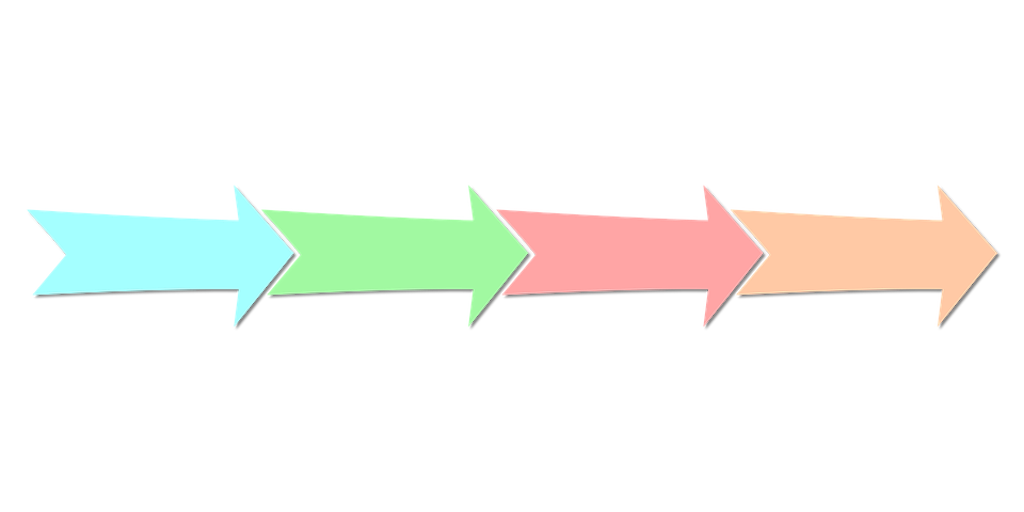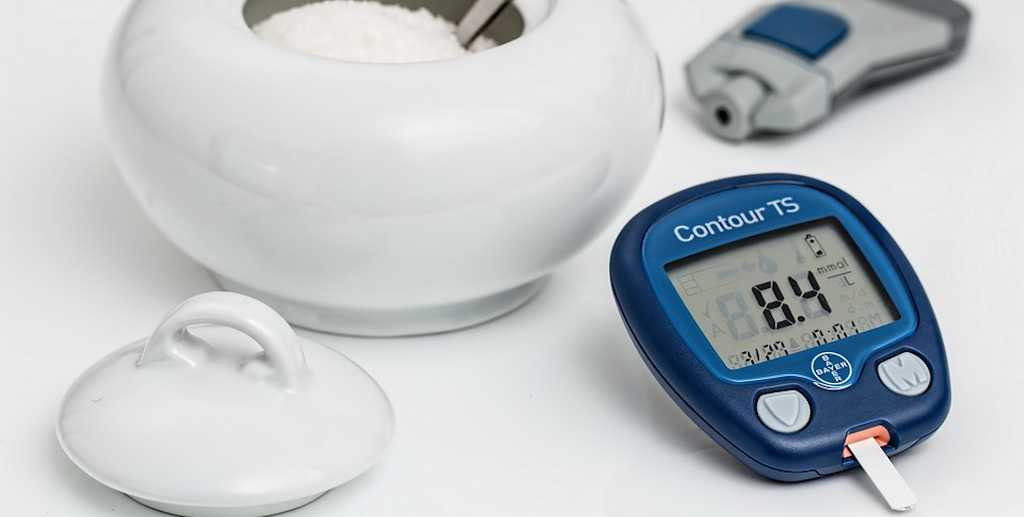Hazard Analysis and Critical Control Point (HACCP) is a way of managing food safety hazards. It is a recognized way of making sure that food safety hazards in business are managed responsibly day-in, day-out.
To run a food business, a plan is needed based on the Hazard Analysis and Critical Control Point (HACCP) principles. A HACCP plan keeps your food safe from biological, chemical, and physical food safety hazards.
A HACCP plan involves:
- Looking closely at what you do in your business, what could go wrong, and what risks there are to food safety.
- Identifying critical control points, that is, areas a business needs to focus on to ensure those risks are removed or reduced to safe levels.
- Deciding what action you need to take if something goes wrong.
- Making sure your procedures are being followed and are working.
- Keeping records to show your procedures are working.
It is important to have food safety management procedures appropriate to your business, to manage and control food hazards.
A food hazard is something that can make food unsafe to eat. It is important to identify the stages in business when hazards could be present so they can be removed or reduced to safer levels.
There are three main hazards that the HACCP plan controls for:
- Microbiological - hazard involving harmful bacteria
- Chemical - hazard involving chemical contamination
- Physical - hazard involving objects getting into food
How to use this checklist
At the beginning of this checklist, you will be presented with a set of specialized questions given as form fields. You are required to populate each form field with your data.
This checklist has been produced with reference to the Food Standards Scotland, HACCP Guide.
Using this HACCP Plan Template to manage food safety in your business will help you:
- Plan - What needs to be done and write this down;
- Do - What you planned to do to maintain food safety;
- Check - That you are doing what you planned to do to maintain food safety and write down what was checked and when;
- Act - To correct any food safety problems and write down what has been done about the problem and when.
At the end of each stage, your supervisor/manager will review your work using Process Street's approvals feature. The resulting information is then used to make system improvements. The best way to apply the results will depend on the nature of the system.
Features used in this template include:
- Stop tasks - To ensure task order.
- Dynamic due dates - To make sure your initiative is reviewed on time.
- Role assignment - To delegate tasks within your team ensuring your supervisors are appropriately assigned to the review tasks.
- Approvals - Tasks can be accepted, rejected, and rejected with comments.
















